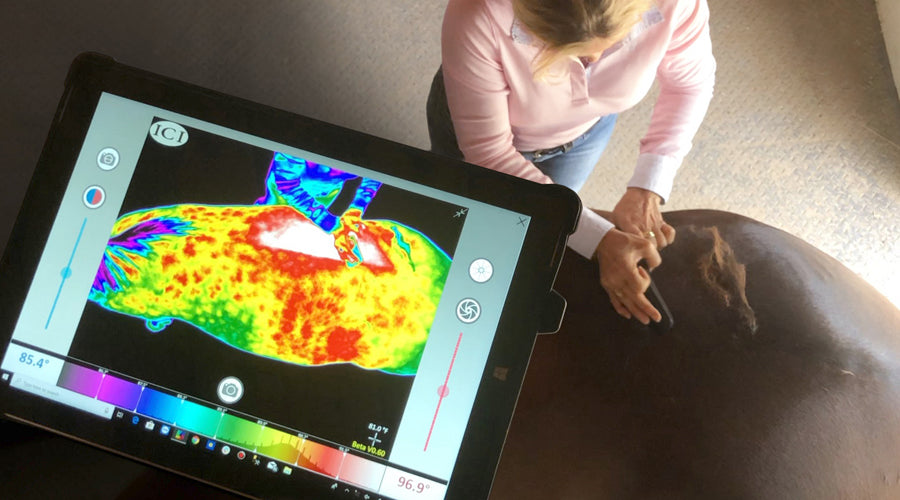SPECIALS: up to 35%SAVINGS on Bundles+FREE Shipping on USA orders over $35
SPECIALS: up to 35%SAVINGS on Bundles+FREE Shipping on USA orders over $35
Add description, images, menus and links to your mega menu
A column with no settings can be used as a spacer
Link to your collections, sales and even external links
Add up to five columns
Add description, images, menus and links to your mega menu
A column with no settings can be used as a spacer
Link to your collections, sales and even external links
Add up to five columns
Add description, images, menus and links to your mega menu
A column with no settings can be used as a spacer
Link to your collections, sales and even external links
Add up to five columns
Add description, images, menus and links to your mega menu
A column with no settings can be used as a spacer
Link to your collections, sales and even external links
Add up to five columns
Improving circulation in senior and stall-bound horses
February 14, 2020 3 min read

Taking steps to promote your horse’s circulation is important, especially if he’s bound to a stall. Here’s how light exercise, acupuncture and therapeutic grooming can help.
During the winter months, it’s not uncommon for horses to be stall-bound. Often, this prolonged lack of turnout time – due to inclement weather, performance-related injuries and other factors – results in poor circulation. “The equine species is naturally in constant motion,” says Joseph Elias, President at Digatherm. “When confined to a stall for 23 hours each day, their entire physiology changes. The old adage, "a horse has five hearts", refers to the pumping action that each foot provides, returning the blood from the distal limbs back to the heart. When a horse is stall-bound, this pumping action is greatly hampered.”
Because circulation is responsible for delivering oxygen and nutrients to your horse’s entire body, you can imagine how important it is. Luckily, there are a few effective ways to keep his blood moving even when he’s not.
1. Gentle exercise
Depending on why your horse is stall-bound, you may be able to work some light exercise into his routine. Make a point to ride on days when the sun is shining, or take him on leisurely walks if he’s in the process of recovery. If walking is out of the question, there are a number of restorative stretches you can do with your equine companion to keep his body active as he heals.
Be sure to talk to your vet about how much exercise is safe for your injured horse.
2. Acupuncture
This ancient practice involves stimulating certain points on the body (acupoints) with small needles. It has been shown to help with a variety of conditions in humans and animals, including circulation issues. The needles are strategically placed on nerve-rich areas of the skin that correspond to other functions of the body, such as the organs, helping to deliver heat, energy and blood where it’s needed.
Look for an animal acupuncturist in your area, or ask your vet for a recommendation.
3. Therapeutic grooming
This is a highly overlooked practice that’s safe, effective, and easy to incorporate into your routine. “Therapeutic grooming provides the benefits of both massage therapy and the routine removal of hair and debris,” says Joe. He recommends reaching for a gentle tool designed to perform both of these tasks as opposed to a traditional curry comb, which won’t stimulate the tissue on a therapeutic level.
A veterinary thermography session involving StripHair, The Gentle Groomer® demonstrated what a profound impact therapeutic grooming has on equine circulation. “Infrared thermographic images pictorialize the state of the circulatory system in real time,” explains Joe. “As you’ll see from the image above, areas of increased circulation, the white and red colors, are easy to identify when The Gentle Groomer® is used. Infrared thermography provides both an objective and quantitative measurement of the increase in circulation over this specific anatomical area.”
Traditional grooming tools have limited purpose to remove hair, dried mud or water from the coat. There is an opportunity to give back to your horse who depends on you to care about his physical needs. The Gentle Groomer, when applied with just a little more pressure than in the regular grooming routine, can aid in increased blood circulation for optimal health, plus fascial stretching and muscle warming for improved mobility and comfort.
Subscribe
Sign up to get the latest on sales, new releases and more …
